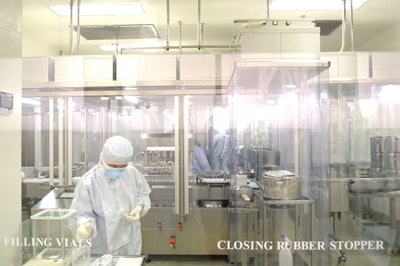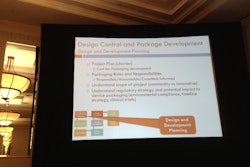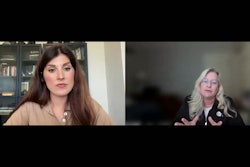Changing regulations, global regulatory differences, for medical devices and combination products that add the complexity of pharmaceutical requirements are all factoring into the importance of controlled environments as integral parts of packaging process control. Considering them as such better ensures the success of your sterile packaging process development project and ongoing compliance.
Here are some key considerations regarding producing sterile packaging in controlled environments:
• Design your environment around your process; not the other way around.
• Take a risk management-approach that includes input from packaging engineering, product development, sterility assurance, manufacturing, facilities management, and other key groups within your company.
• Never underestimate the value of collaborative design as their inputs can provide help early on and potentially avoid unnecessary and costly changes later in the process.
• In assessing facilities, factor in what utilities will be needed to support the room, to meet product/process requirements, to meet permit laws, to meet timetables, and to mitigate compliance issues.
• A well-developed User Requirements Specification should be agreed upon by all stakeholder parties and serve as the project plan and design review reference.
• Certification of cleanrooms to meet ISO Classification is just part of the full qualification process.
• Clean zone segregation concepts include displacement (low pressure, high velocity air), differential pressure, and physical barrier.
• Test a cleanroom in three states: As built (building, no equipment, no people); At rest (building, with equipment in place); Operational (building, equipment in place, with personnel present and working in agreed manner).
• Procedures must be well established and trained to for the operations, gowning/degowning, cleaning, environmental monitoring, and maintenance. Everything must be written down—if it isn’t written down, it didn’t happen. Everything must be documented to demonstrate you are in compliance.
• Be audit-ready. Keep up to date on the latest revisions of applicable regulations and standards, and be sure your controlled environment meets curret requirements.
These were among the key takeaways at the HealthPack 2015 presentation, “Controlled Environments and Sterile Packaging: From Concept to Compliance,” given by John Derek Thompson, CPP, Lead Sterile Packaging Operations Engineer, DePuy Synthes USA.
Thompson made multiple references to several standards that can be helpful in a process that touches upon multiple standards and organizations. Among his most noted standards were the following:
• ISO 14698-1:2003: “Cleanrooms and associated controlled environments—Biocontamination control—Part 1: General principles and methods.”
• ISO 11607-2:2006: “Packaging for terminally sterilized medical devices—Part 2: Validation requirements for forming, sealing and assembly processes.”
• ISO 14644: “International Standard ISO 14644 Cleanrooms and associated controlled environments.”
• CFR 21: Code of Federal Regulations Title 21—Food and Drugs. Chapter 1-FDA Dept. of Health and Human Services, Subchapter H-Medical Devices, Part 820-Quality System Regulation.”






















